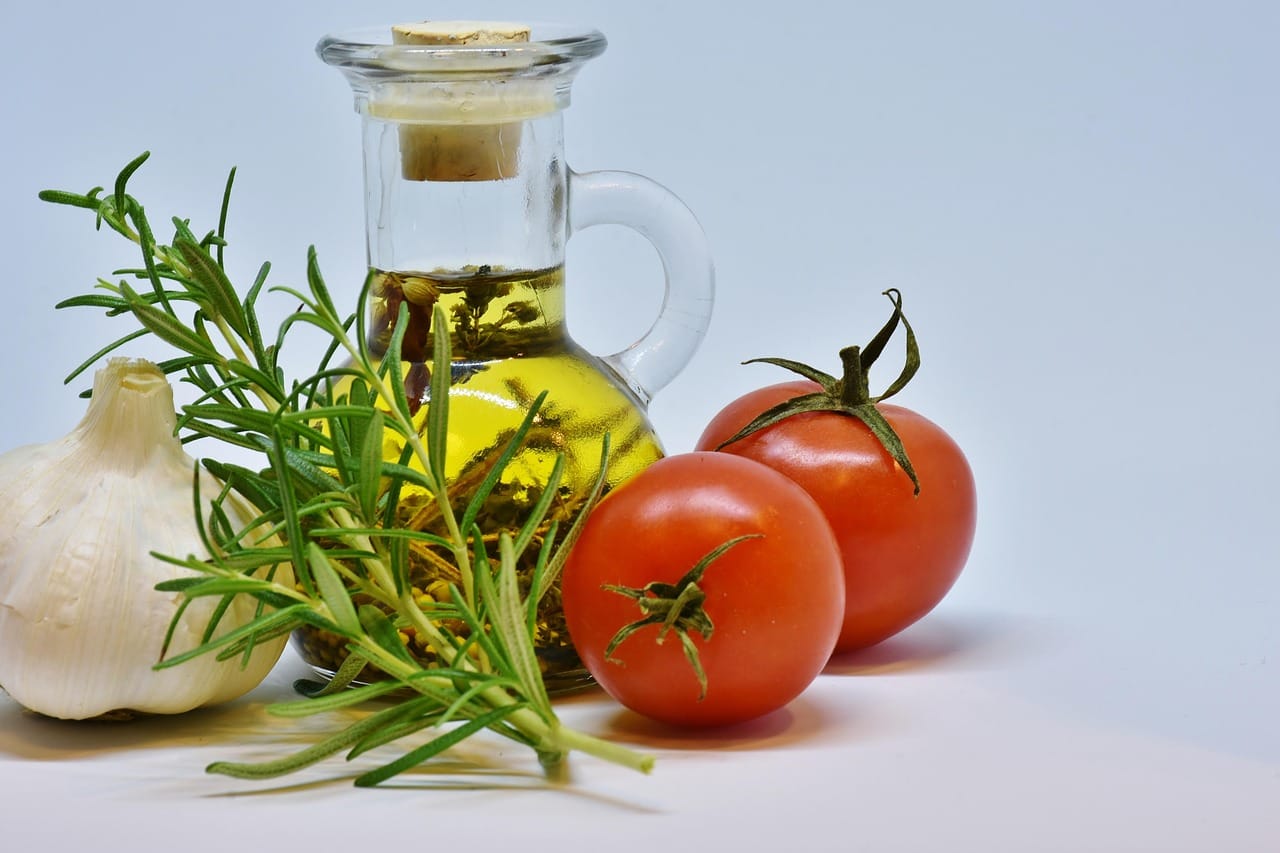Wraps are the ultimate customizable meal – quick, portable, and endlessly adaptable to your dietary needs and taste preferences. But let’s be honest, sometimes we fall back on the same old fillings. If you’re looking for a healthy and delicious way to boost your veggie intake, the veggie wrap is your answer! This simple yet satisfying meal is packed with nutrients, fiber, and flavor, and it’s incredibly versatile. Let’s explore the wonderful world of veggie wraps, covering everything from ingredients to preparation tips and creative variations.
Why Choose Veggie Wraps?
Health Benefits of Veggie Wraps
Veggie wraps offer a plethora of health benefits, making them a smart choice for a balanced diet.
- Rich in Vitamins and Minerals: Depending on the vegetables you choose, veggie wraps can be an excellent source of vitamins A, C, K, and various B vitamins, as well as minerals like potassium and magnesium.
- High in Fiber: Fiber promotes digestive health, helps regulate blood sugar levels, and can contribute to feelings of fullness, aiding in weight management.
- Low in Calories (relatively): Compared to many other lunch and snack options, veggie wraps can be lower in calories, especially if you focus on lean protein sources and limit high-fat dressings.
- Antioxidant Powerhouse: Colorful vegetables like bell peppers, spinach, and carrots are rich in antioxidants, which protect your cells from damage caused by free radicals.
- Promotes Hydration: Vegetables have high water content, contributing to your overall hydration levels.
The Versatility Factor
One of the greatest things about veggie wraps is their adaptability. You can tailor them to your specific dietary needs, preferences, and what you have available in your fridge!
- Dietary Restrictions: Easily adapted to vegan, vegetarian, gluten-free, and low-carb diets.
- Seasonal Ingredients: Use seasonal produce for the freshest flavors and best nutritional value. For example, use roasted butternut squash in the fall and juicy tomatoes in the summer.
- Flavor Profiles: From Mediterranean to Mexican to Asian-inspired, the possibilities are endless.
Building the Perfect Veggie Wrap: Key Components
The key to a satisfying and delicious veggie wrap lies in carefully selecting and combining your ingredients.
Choosing Your Wrap
The wrap itself forms the foundation of your creation. Consider these options:
- Whole Wheat Tortillas: A good source of fiber. Look for tortillas with a high fiber content (at least 3 grams per serving).
- Spinach Wraps: A colorful and nutritious option that adds extra vitamins and minerals.
- Gluten-Free Wraps: Made from ingredients like rice flour, tapioca flour, or corn flour for those with gluten sensitivities. Read labels carefully to ensure they meet your dietary needs.
- Lettuce Wraps: For a low-carb alternative, use large lettuce leaves like romaine or butter lettuce.
- Collard Greens: Another low-carb option. Blanch the leaves before using to make them more pliable.
Selecting Your Vegetables
This is where you can really get creative! Aim for a variety of colors and textures to maximize both flavor and nutrition.
- Leafy Greens: Spinach, kale, romaine lettuce, arugula.
- Cruciferous Vegetables: Broccoli florets (lightly steamed or raw), cauliflower rice.
- Root Vegetables: Shredded carrots, diced beets (cooked).
- Colorful Vegetables: Bell peppers (red, yellow, orange), sliced tomatoes, red onion, cucumber.
- Avocado: Adds creaminess and healthy fats.
Adding Protein
Protein adds substance and keeps you feeling full and satisfied for longer.
- Legumes: Hummus, black beans, chickpeas.
- Tofu: Marinated and baked or pan-fried tofu.
- Tempeh: Crumbled and seasoned tempeh.
- Eggs: Scrambled or hard-boiled eggs (for non-vegans).
- Nuts and Seeds: Sprinkle with toasted pumpkin seeds or chopped walnuts.
The All-Important Sauce or Spread
The sauce or spread brings all the flavors together and prevents your wrap from being dry.
- Hummus: A classic choice that’s packed with flavor and protein.
- Guacamole: Another creamy and flavorful option that’s rich in healthy fats.
- Tahini Sauce: A sesame seed-based sauce that’s often used in Middle Eastern cuisine.
- Spicy Yogurt Sauce: Combine plain Greek yogurt with sriracha or chili flakes for a kick.
- Pesto: A flavorful basil-based sauce that’s perfect for Italian-inspired wraps.
- Ranch dressing: While not the healthiest, it adds delicious flavor. Look for lighter versions or make your own.
Veggie Wrap Recipes: Inspiration and Ideas
Let’s get into some specific recipe ideas to inspire your veggie wrap creations:
Mediterranean Veggie Wrap
- Wrap: Whole wheat tortilla
- Vegetables: Spinach, cucumber, tomato, red onion, roasted red peppers
- Protein: Hummus
- Sauce: Tzatziki sauce (optional)
- Extras: Kalamata olives, feta cheese (optional)
Mexican Fiesta Veggie Wrap
- Wrap: Whole wheat tortilla
- Vegetables: Shredded lettuce, diced tomato, corn, black beans, avocado
- Protein: Black beans or seasoned tofu crumbles
- Sauce: Salsa or guacamole
- Extras: Shredded cheese (optional), cilantro
Asian-Inspired Veggie Wrap
- Wrap: Spinach wrap
- Vegetables: Shredded carrots, bean sprouts, shredded red cabbage, scallions
- Protein: Marinated and baked tofu
- Sauce: Peanut sauce or sesame ginger dressing
- Extras: Toasted sesame seeds, crushed peanuts
Tips for Veggie Wrap Success
Preparation is Key
- Prep Ingredients in Advance: Chop vegetables, cook protein, and prepare sauces ahead of time to streamline the wrap-making process.
- Don’t Overfill: Overfilling your wrap will make it difficult to roll and keep it from falling apart.
- Warm Tortillas: Warming tortillas slightly in a dry skillet or microwave makes them more pliable and easier to roll.
Rolling Techniques
- Layer Ingredients: Spread sauce evenly over the tortilla. Layer ingredients, placing the heavier ingredients in the center.
- Fold and Roll: Fold in the sides of the tortilla, then tightly roll it from the bottom up.
- Secure with a Toothpick: If necessary, secure the wrap with a toothpick to prevent it from unrolling.
Storage Solutions
- Wrap Tightly: Wrap each wrap tightly in plastic wrap or foil to prevent it from drying out.
- Store in the Refrigerator: Store in the refrigerator for up to 2 days.
- Pack for Lunch: Veggie wraps are perfect for taking to work or school. Add an ice pack to keep them cool.
Conclusion
Veggie wraps are a delicious, healthy, and incredibly versatile way to enjoy a variety of vegetables. By understanding the key components of a great wrap, experimenting with different flavor combinations, and following a few simple tips, you can create a satisfying meal that fits your lifestyle and dietary needs. So get creative, have fun, and start wrapping your way to a healthier and more flavorful you!




